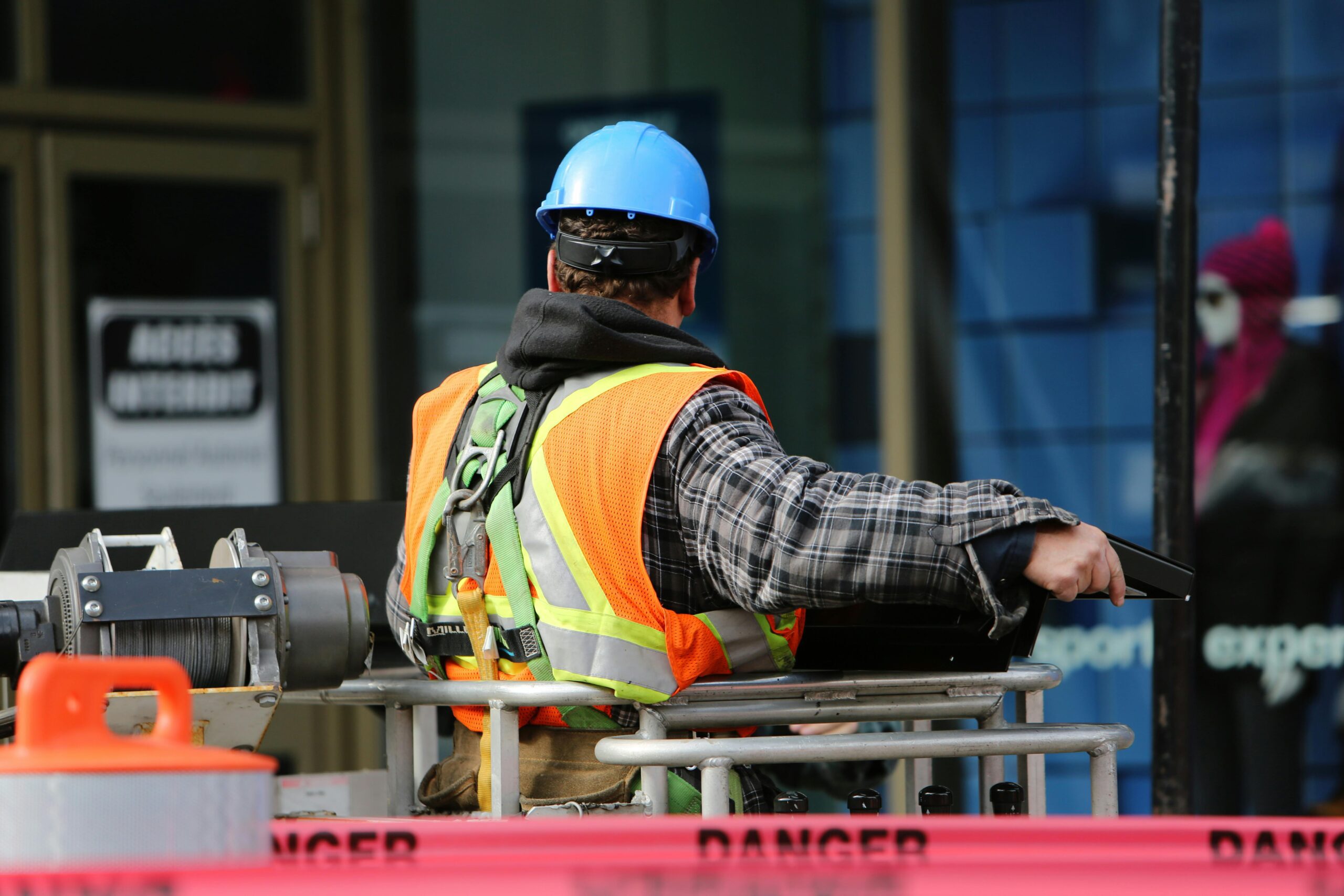
Conducting Workplace Health and Safety Incident Investigations
25th November
When workplace health and safety incidents happen, it’s important to respond appropriately. That’s where incident investigations can help. Conducting an investigation allows employers to identify any potential health and safety failings that led to the incident and make necessary workplace adjustments to help prevent future incidents.
This article defines workplace health and safety incidents, explains the incident investigation process and discusses the importance of having an effective investigation policy.
Defining Workplace Health and Safety Incidents
Put simply, workplace health and safety incidents are defined by either of the following scenarios:
- A workplace condition or event that resulted in an illness, injury, fatality or property damage to an employee or member of the public
- A workplace condition or event that resulted in a “near miss,” which means that no illness, injury, fatality or property damage took place but likely could have
Regardless of severity or circumstance, it’s vital to investigate every incident. After all, no matter how small or seemingly minor the incident was, taking the time to investigate what happened can make all the difference in preventing further (and potentially more severe) incidents down the line.
The Incident Investigation Process
Incident investigations should follow a system-based approach—meaning that the cause of the incident should be traced back to failures within workplace health and safety programmes or procedures rather than the actions or behaviours of the employees involved. In other words, solely attributing the incident to human error or placing all of the blame on the employees involved can prevent organisations from fully understanding the underlying cause of the incident and making necessary workplace adjustments or changes to avoid future incidents.
Responsibility for carrying out the investigation depends on the nature of the incident and the unique characteristics of individual workplaces. However, organisations typically designate immediate supervisors to take on this responsibility because they most likely have the best understanding of the area, task and any employees involved in the incident. Immediate supervisors are also likely to enforce any workplace health and safety adjustments that arise from the incident. Nevertheless, immediate supervisors should seek support from any employees involved, senior leadership, safety managers or coordinators, the workplace safety committee and the HR department throughout the investigation process to ensure a well-rounded team effort.
In any case, workplace health and safety incident investigations should follow this five-step process:
- Preserve and document the scene. First, employers must ensure that anyone involved in the incident has received or is currently receiving proper care, especially if a serious injury took place. Then, it’s crucial to preserve
the scene of the incident as much as possible. This might require halting production or temporarily relocating employees near the incident area. From there, employers should document any relevant information regarding the incident—including witnesses (eg someone who saw the affected person before the incident, someone who does the same job or tasks as the affected person and the first person on the scene after the incident took place), any workplace equipment involved and the environmental conditions of the scene. If possible, employers should take photos of the scene as well.
- Collect important information. Next, employers should collect the following valuable information:
o Witness accounts of what happened, making sure to gather these accounts as soon as possible to ensure the most accurate, detailed information
o Equipment manuals and maintenance records
o Employee training documentation
o Workplace inspections or other follow-up documentation
o Workplace health and safety policies and procedures
o Any other relevant documents related to the incident
- Determine the root causes. By analysing valuable information regarding the incident, employers should be able to identify the root causes. Root causes are the underlying issues or failures that lead to workplace incidents. Such causes differ from immediate causes, which are the more direct, obvious factors that result in workplace incidents. Root causes do not focus on human error or employee behaviours but rather on issues such as management concerns, poor workplace designs or operational failings.
- Implement corrective measures. After analysing and understanding the incident’s root causes, employers should implement workplace adjustments to help prevent future incidents—also known as corrective measures. These measures should be specific, realistic and clearly communicated. Employers should consult incident documentation and employees across departments to help determine effective corrective measures.
- Conduct routine follow-ups. Once corrective measures have been implemented, employers must conduct routine follow-ups with supervisors and employees to evaluate the effectiveness of these measures, making additional workplace adjustments as needed.
The Importance of an Investigation Policy
In order to ensure a smooth workplace health and safety incident investigation process, it’s important to have an investigation policy in place. Implementing an investigation policy provides employees with written, easy-to-follow guidelines regarding the investigation process, including:
- How and when to report an incident
- Who to notify regarding the incident
- The time frame for completing an investigation
- Who is responsible for implementing and enforcing corrective measures following an incident
The investigation policy should encourage collaboration between employees, management and various departments to identify the root cause of the incident and implement adequate corrective measures in a timely manner. Employers should routinely review their investigation policies for effectiveness and make updates as needed.
For additional workplace health and safety resources, contact us today.
